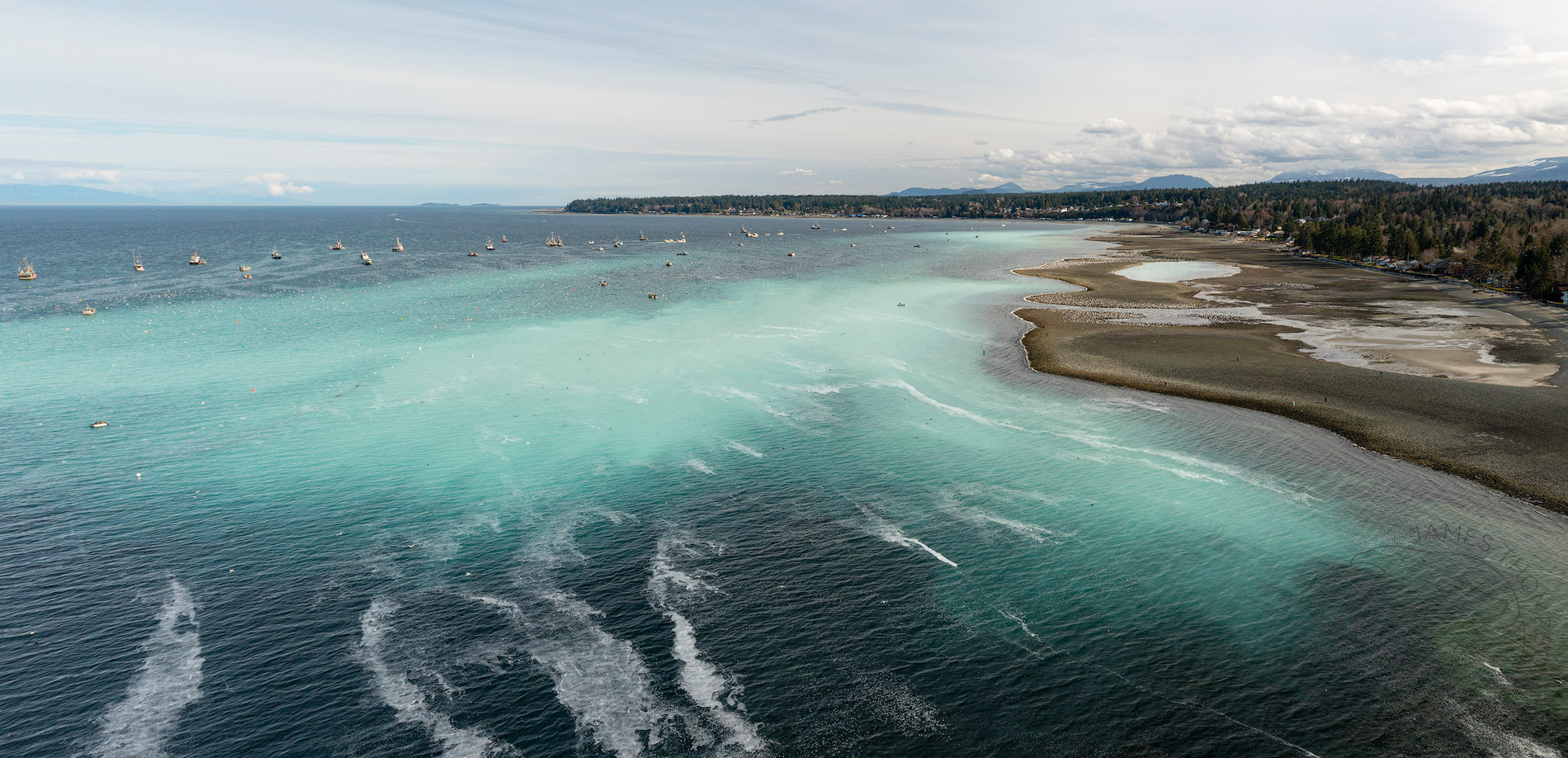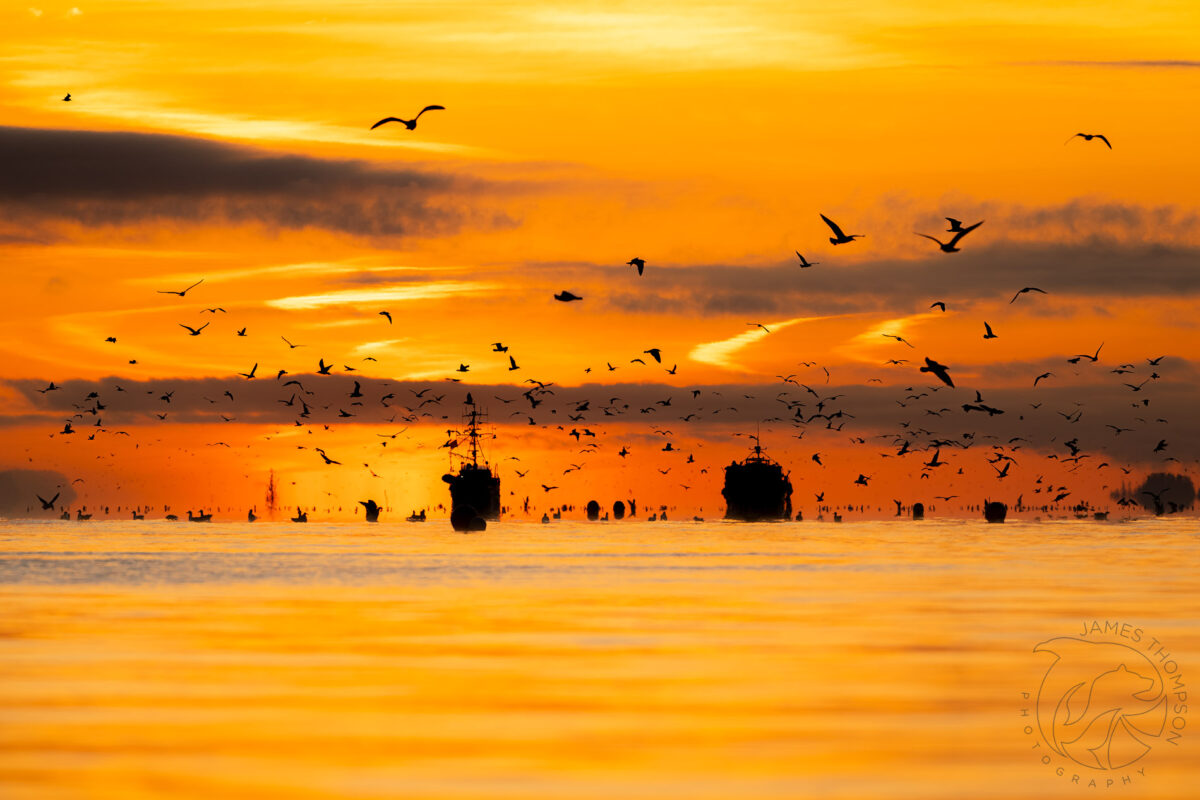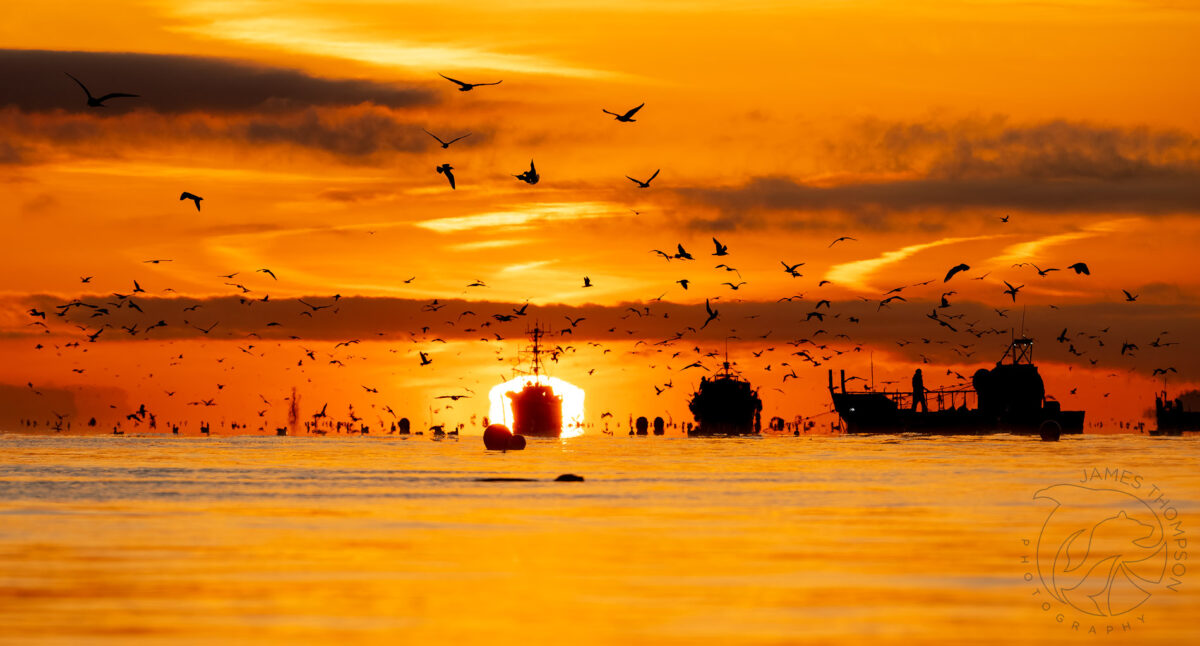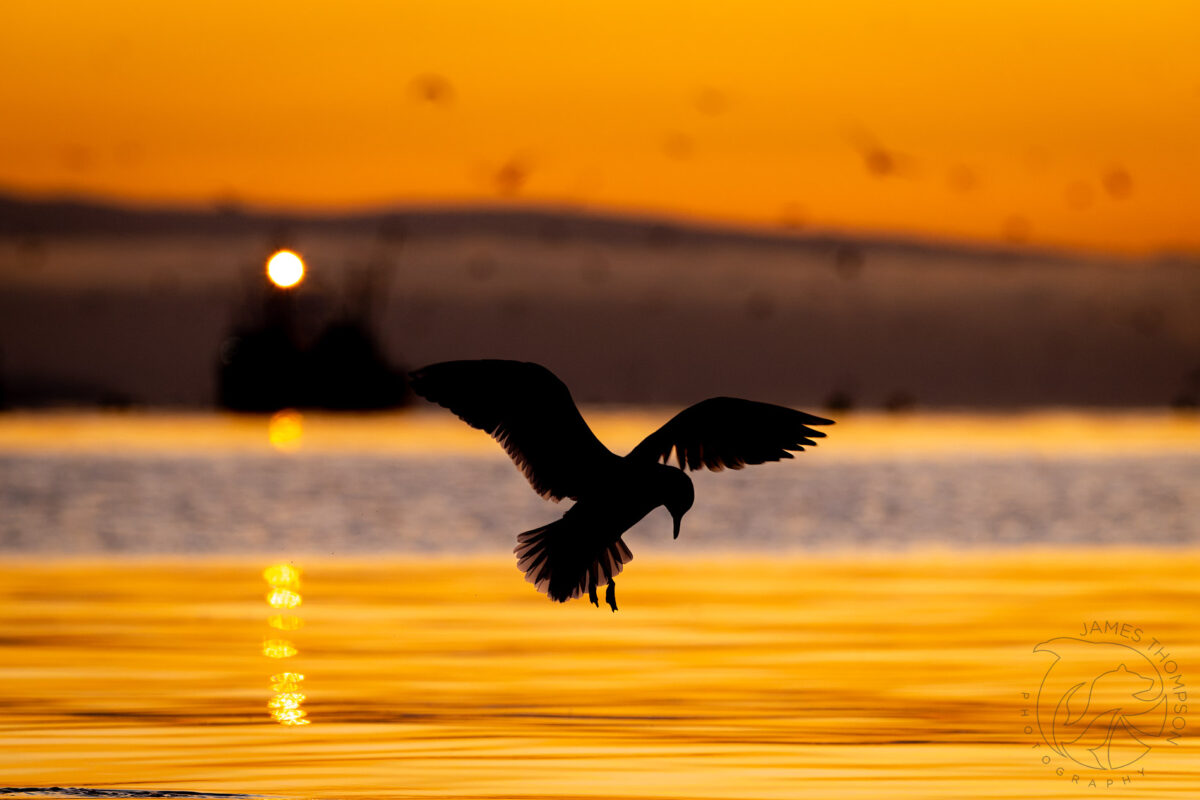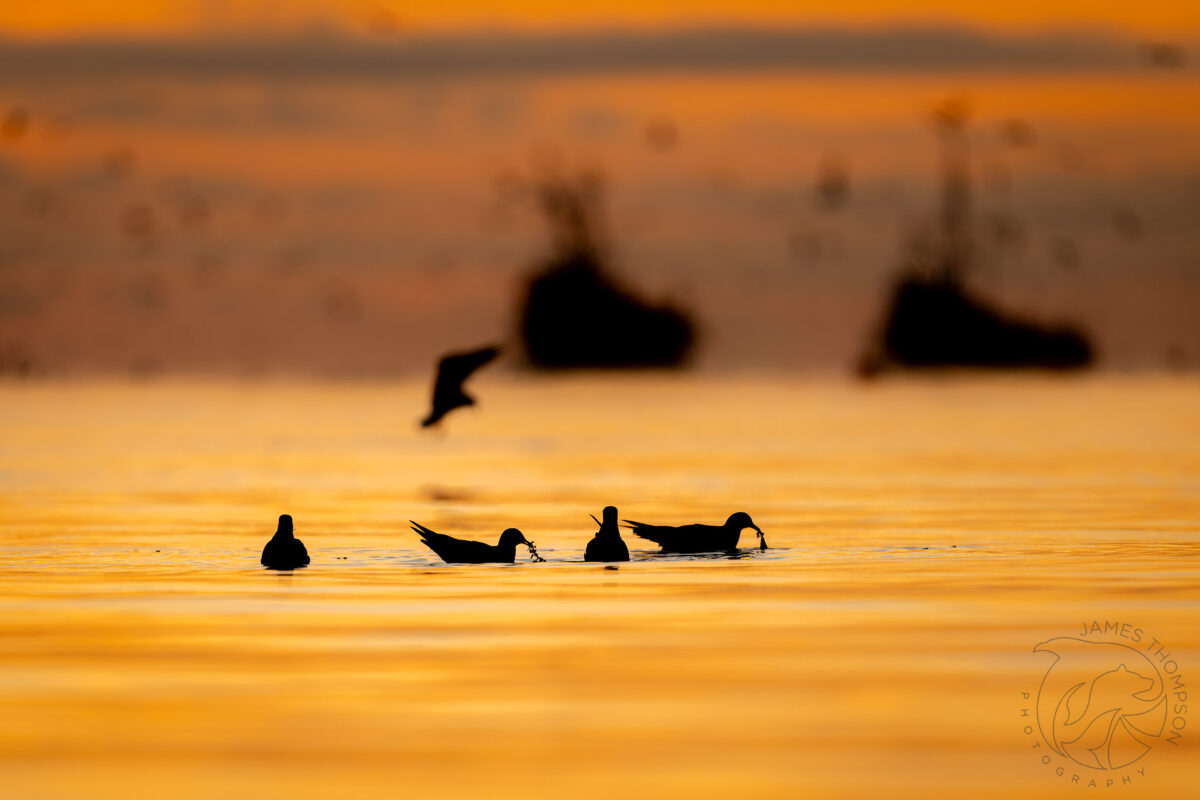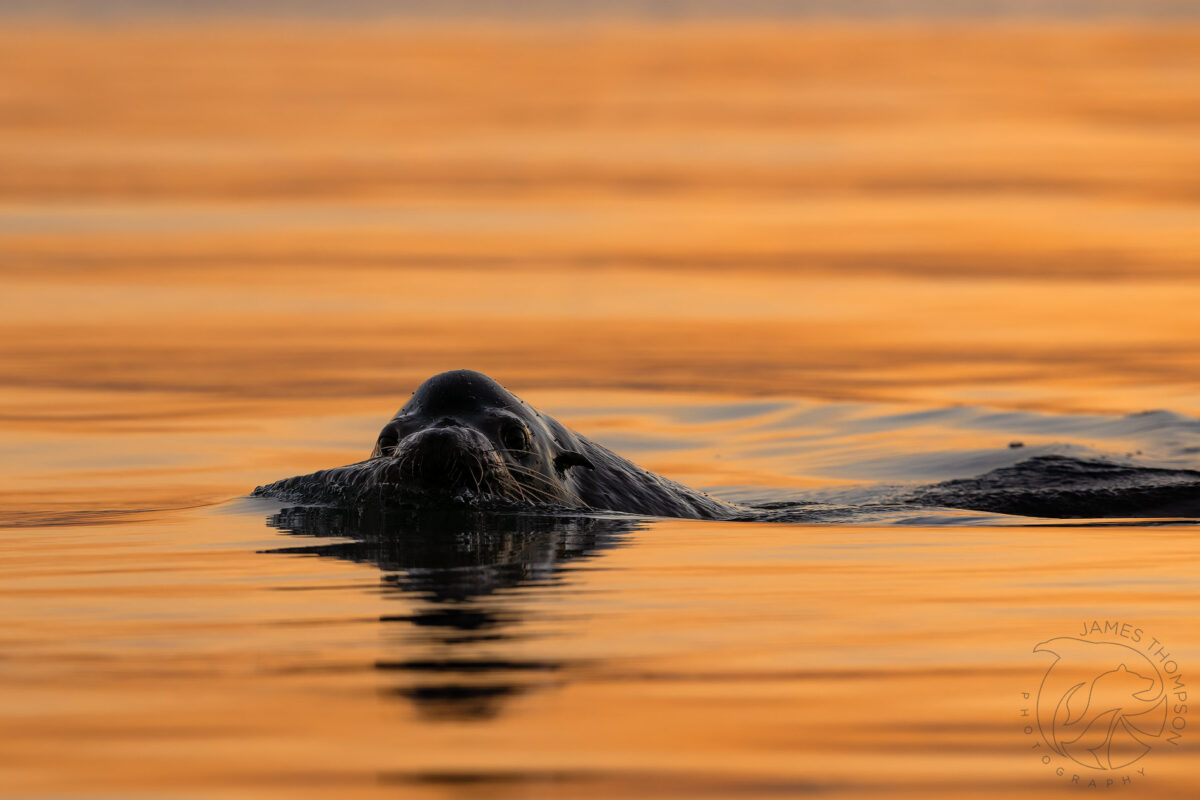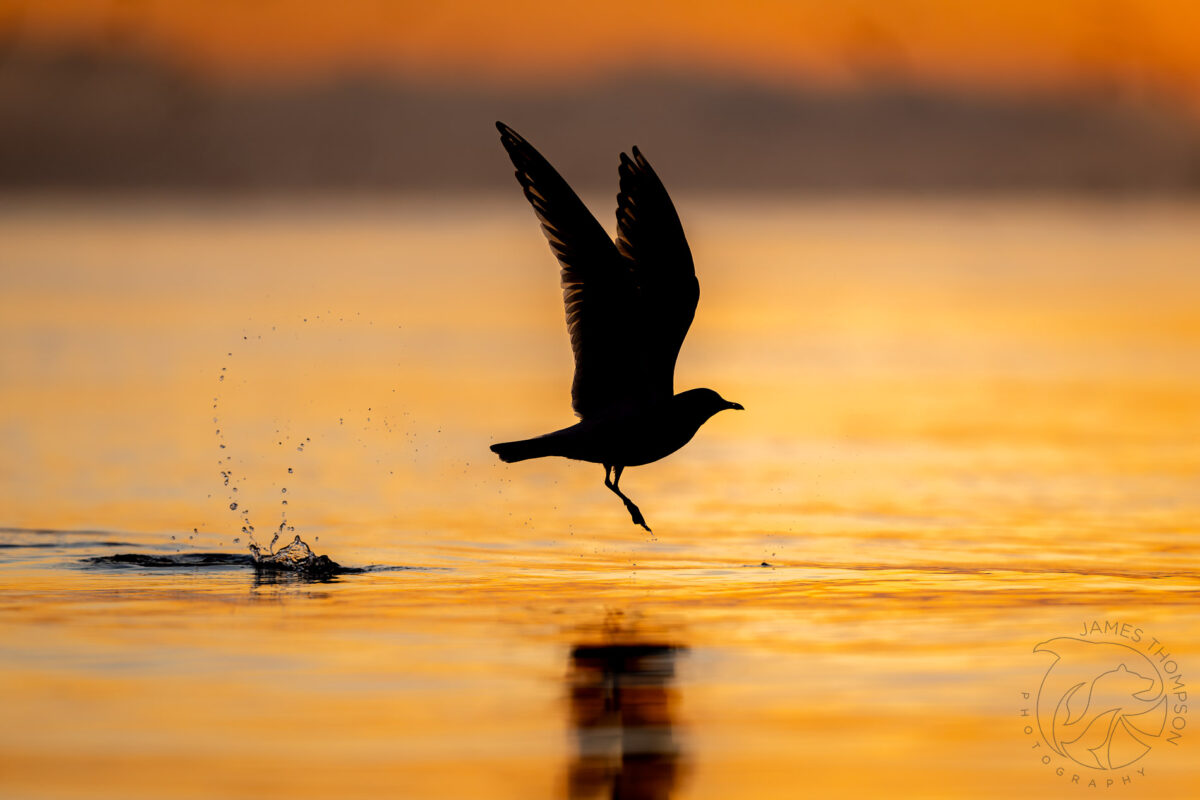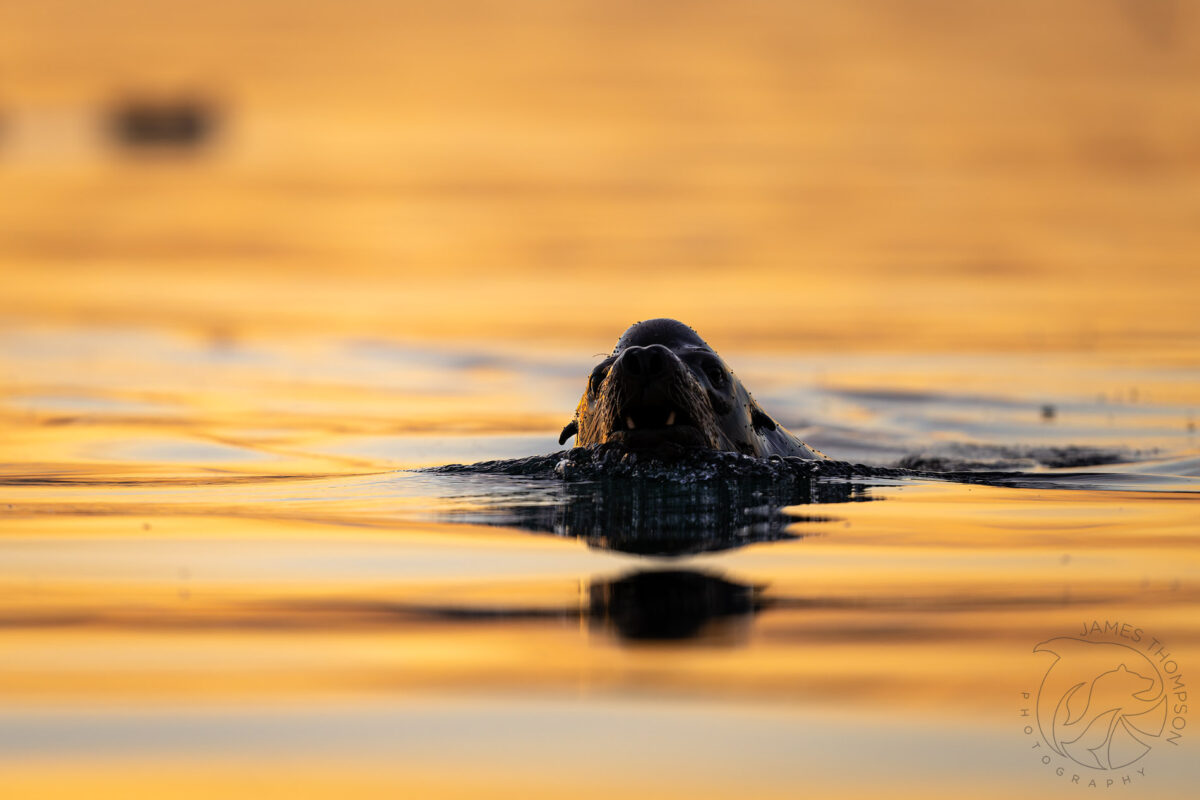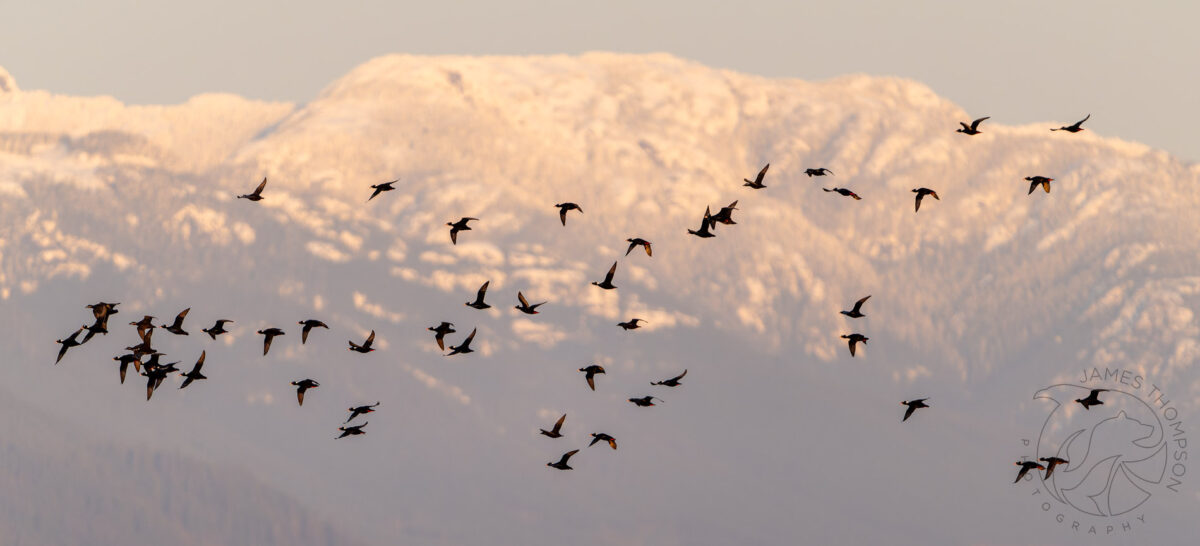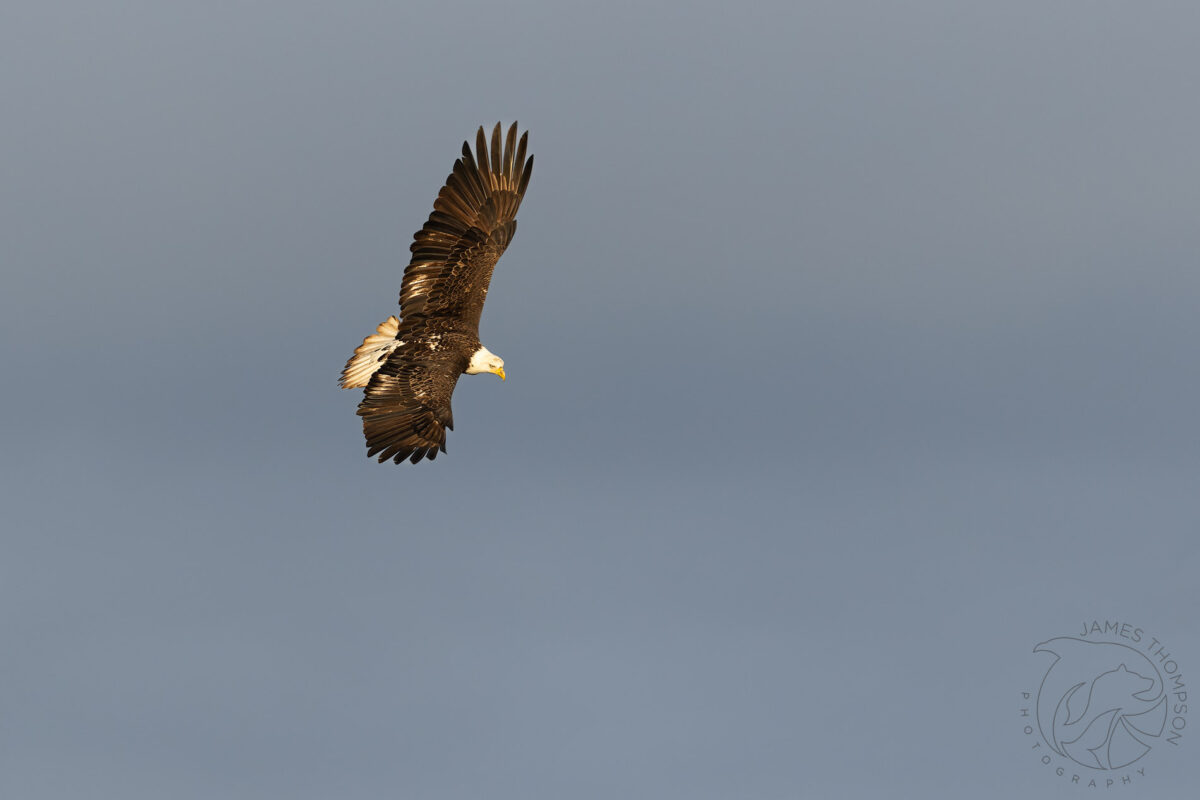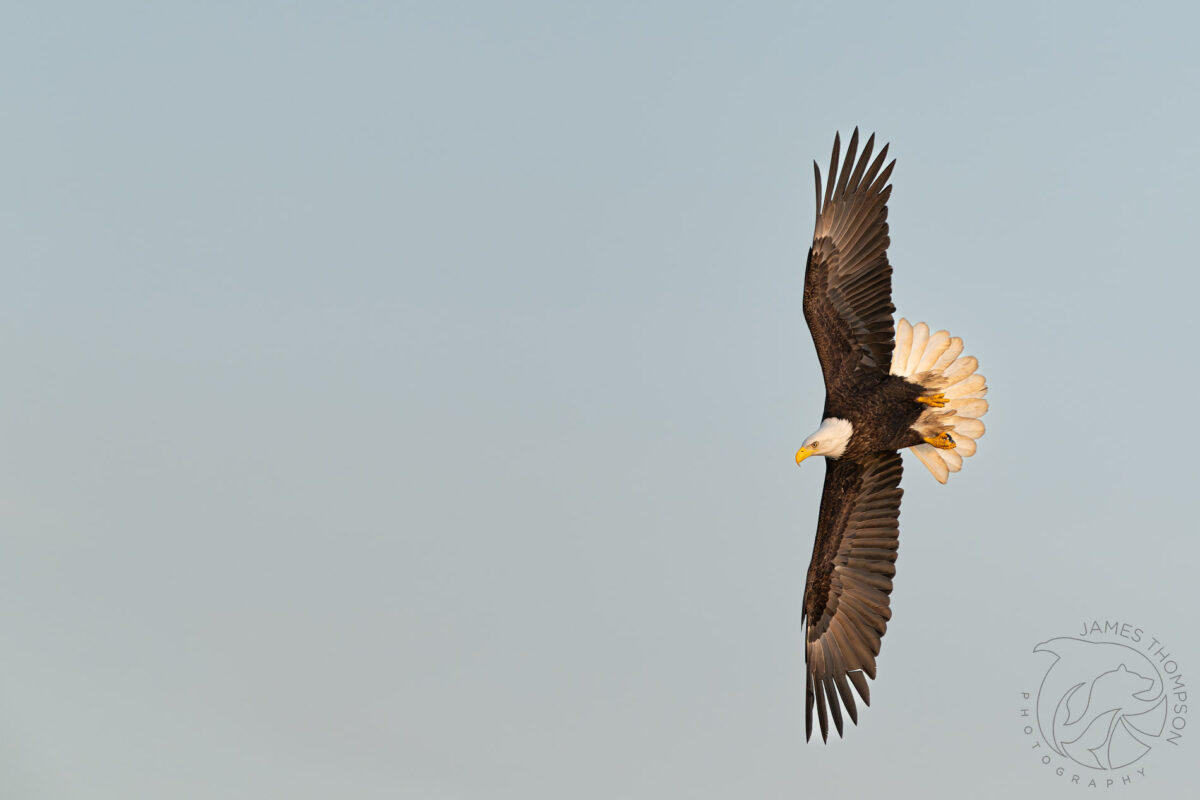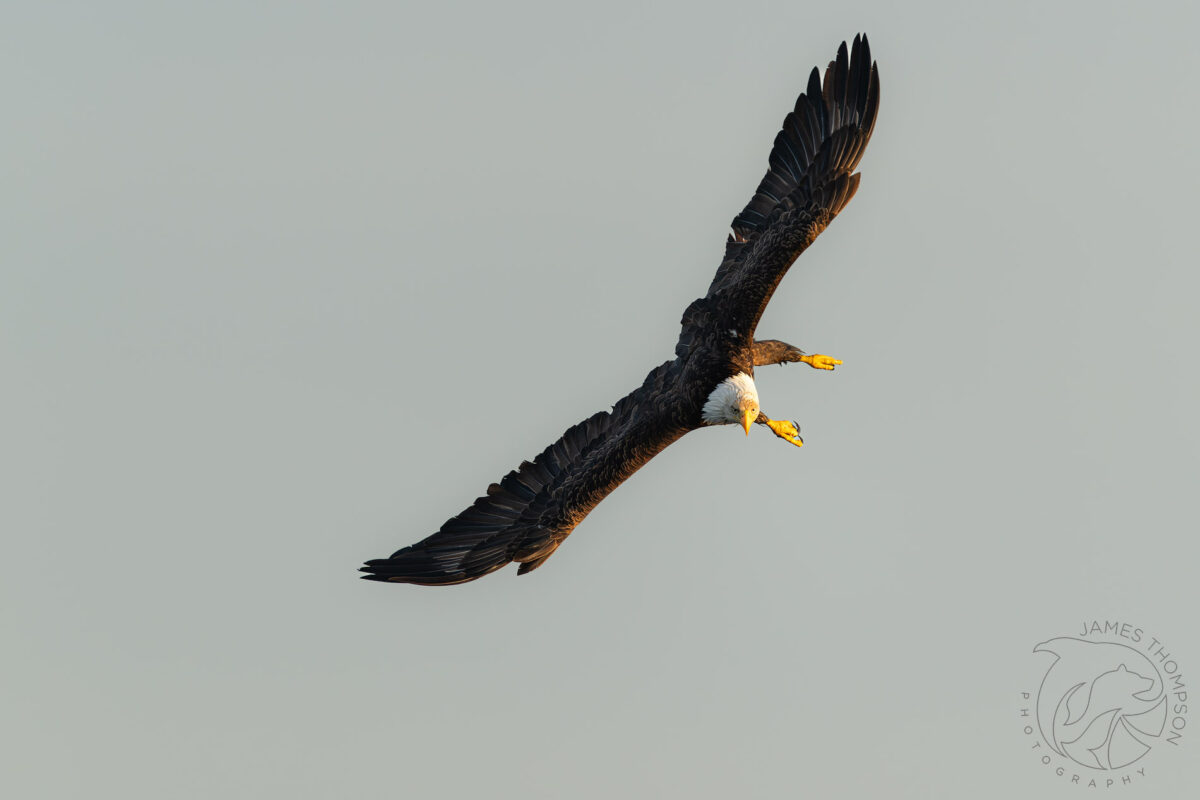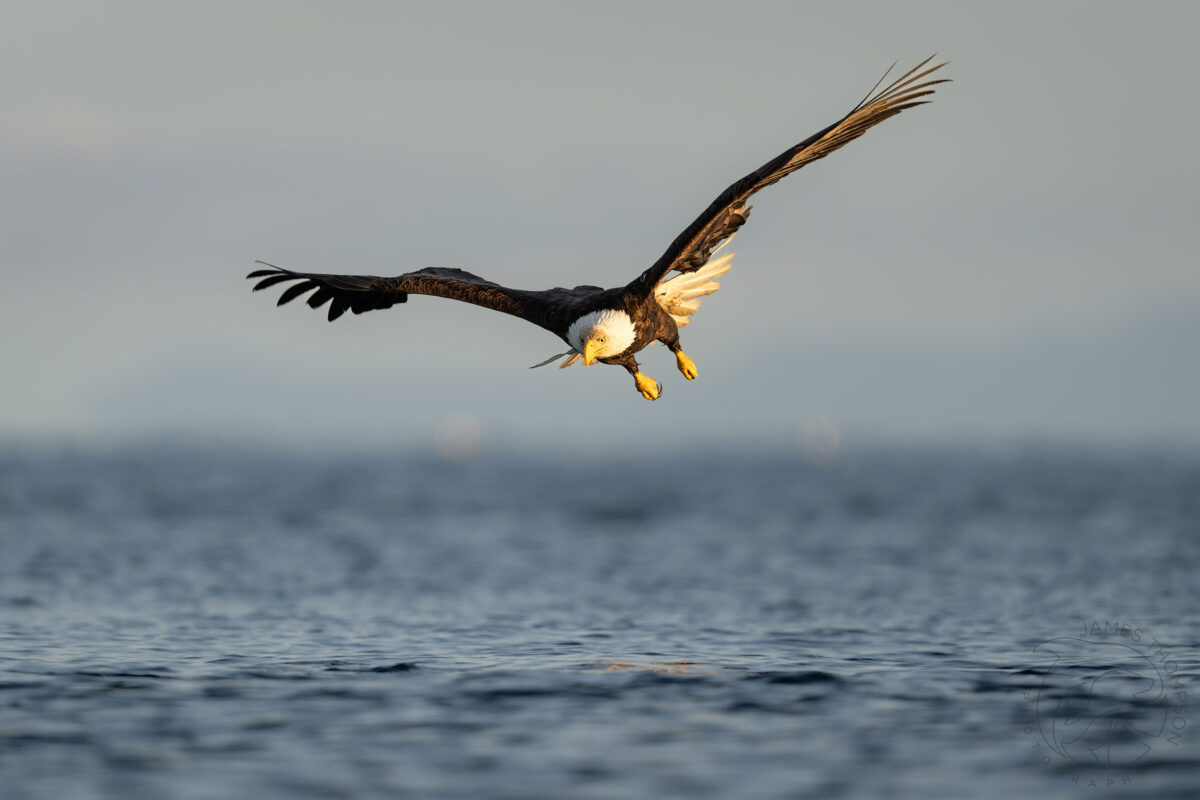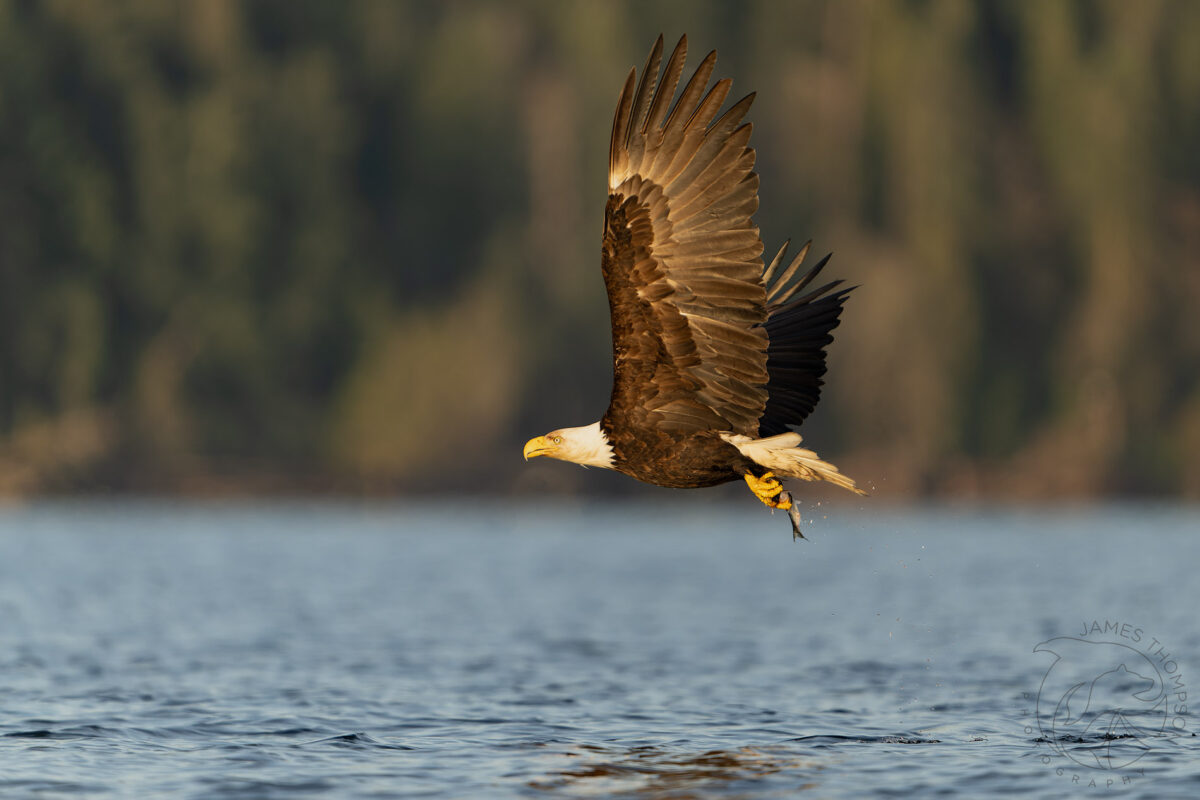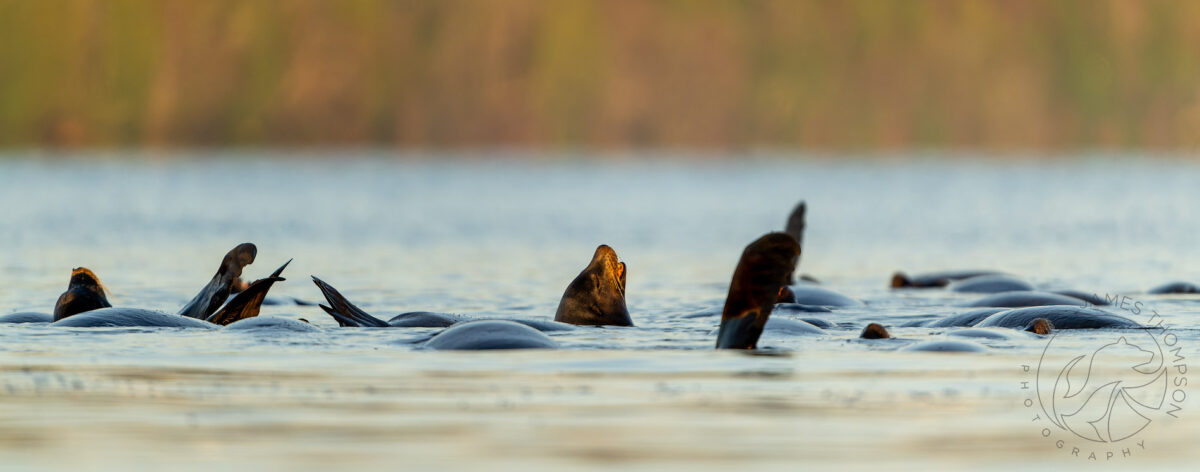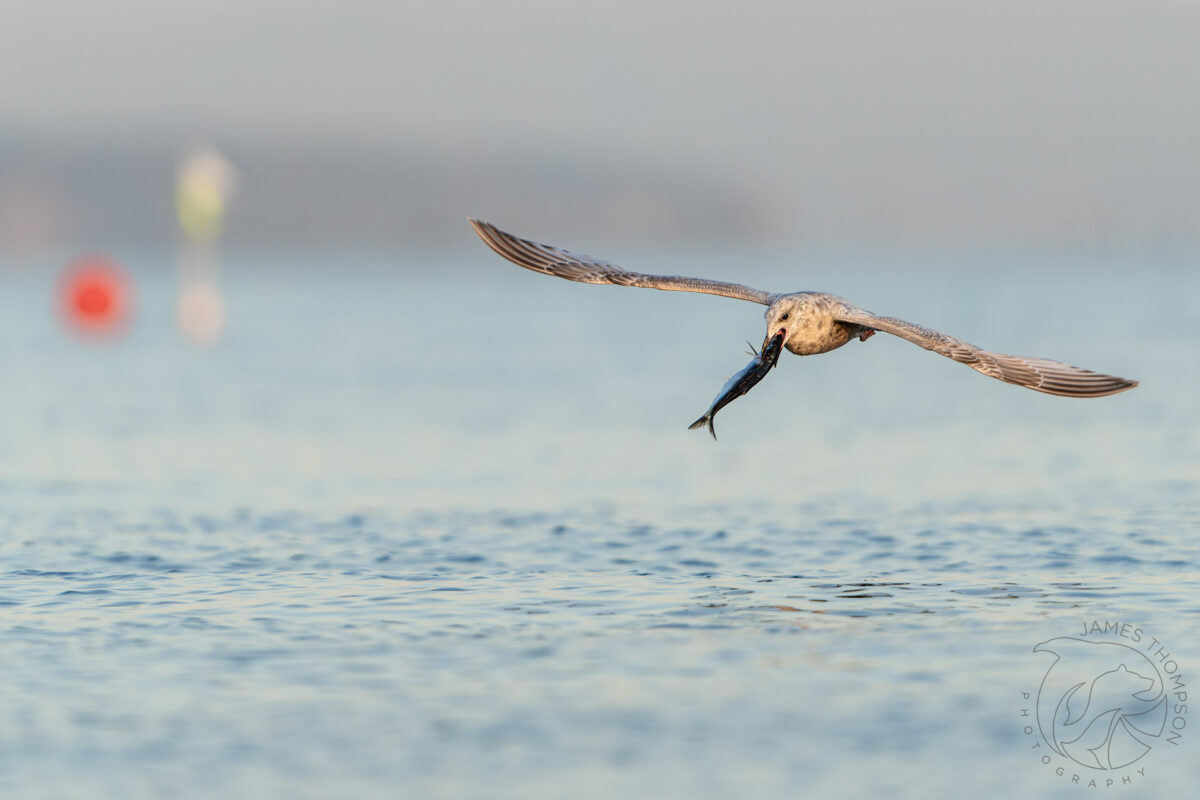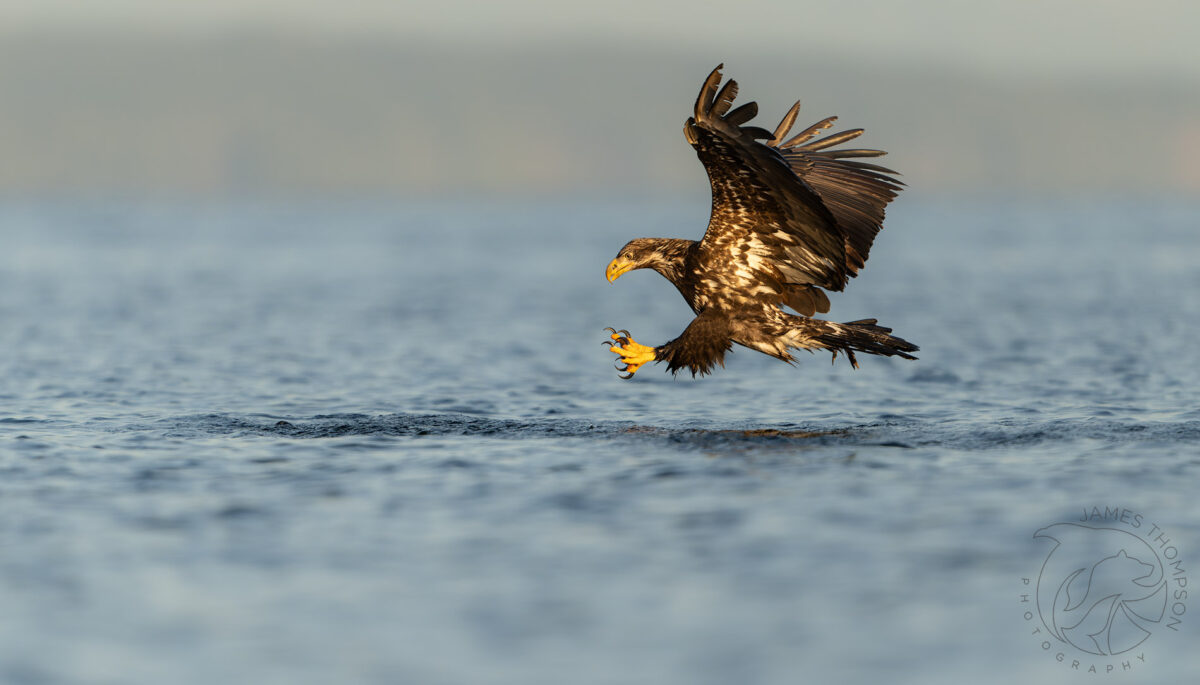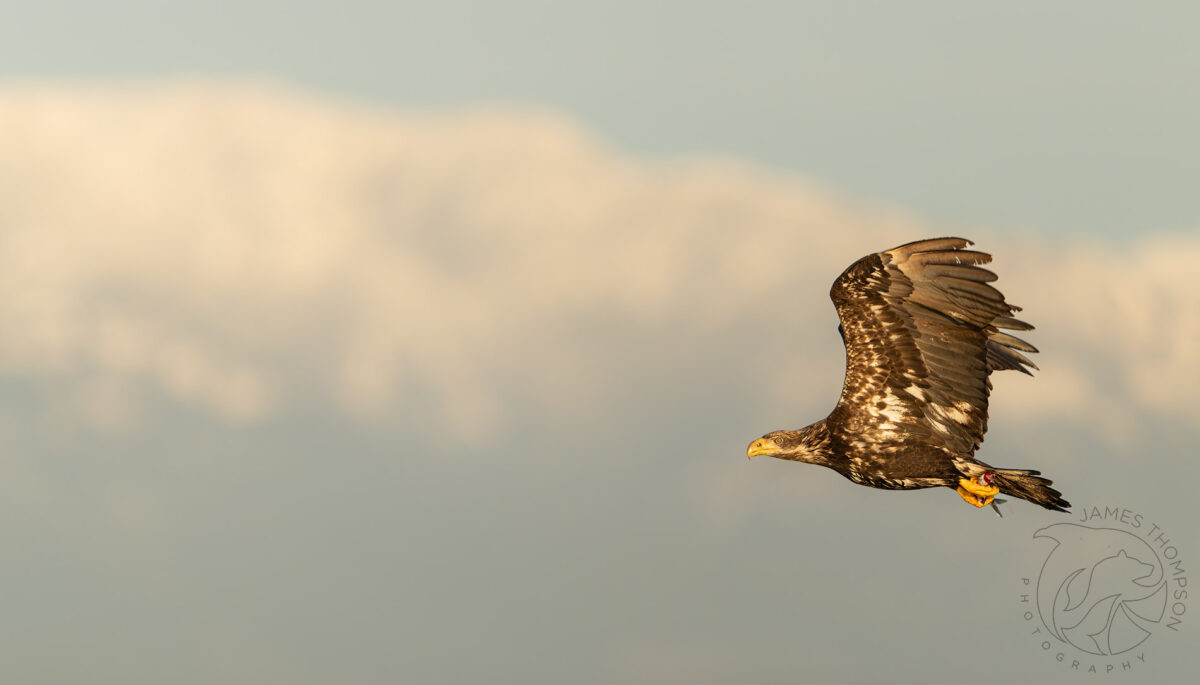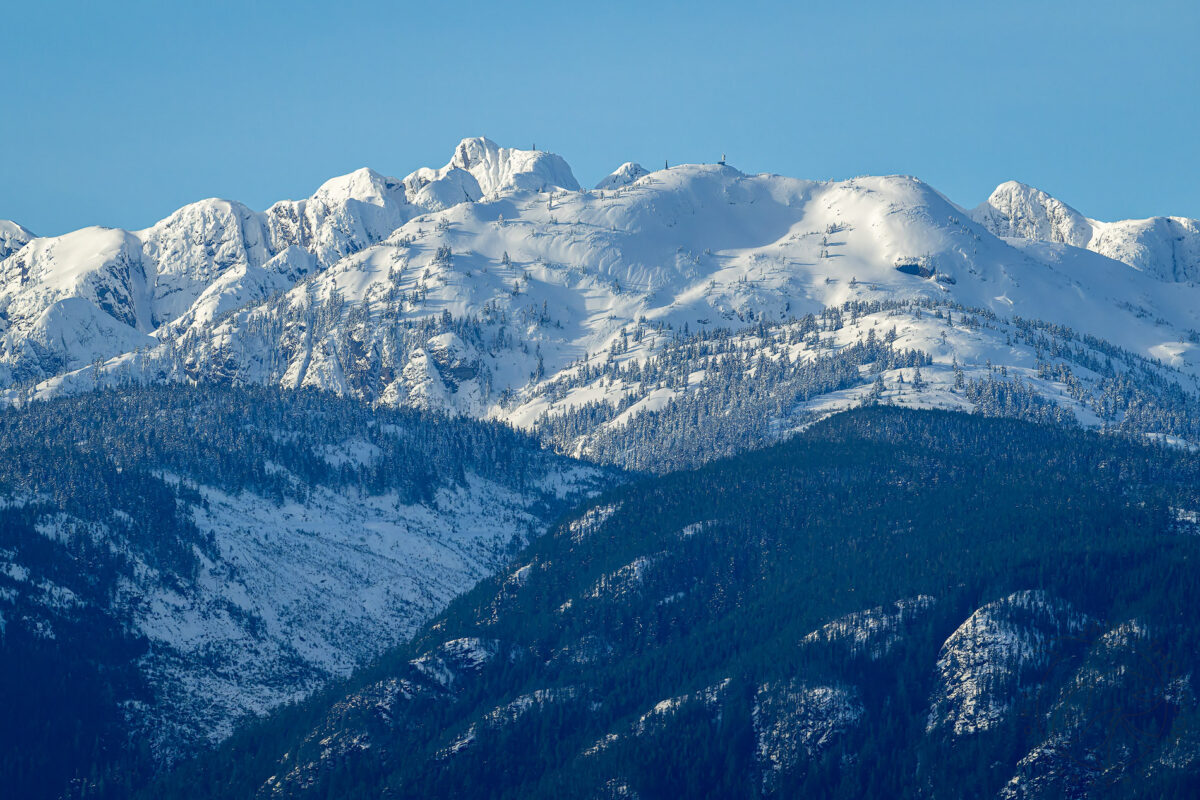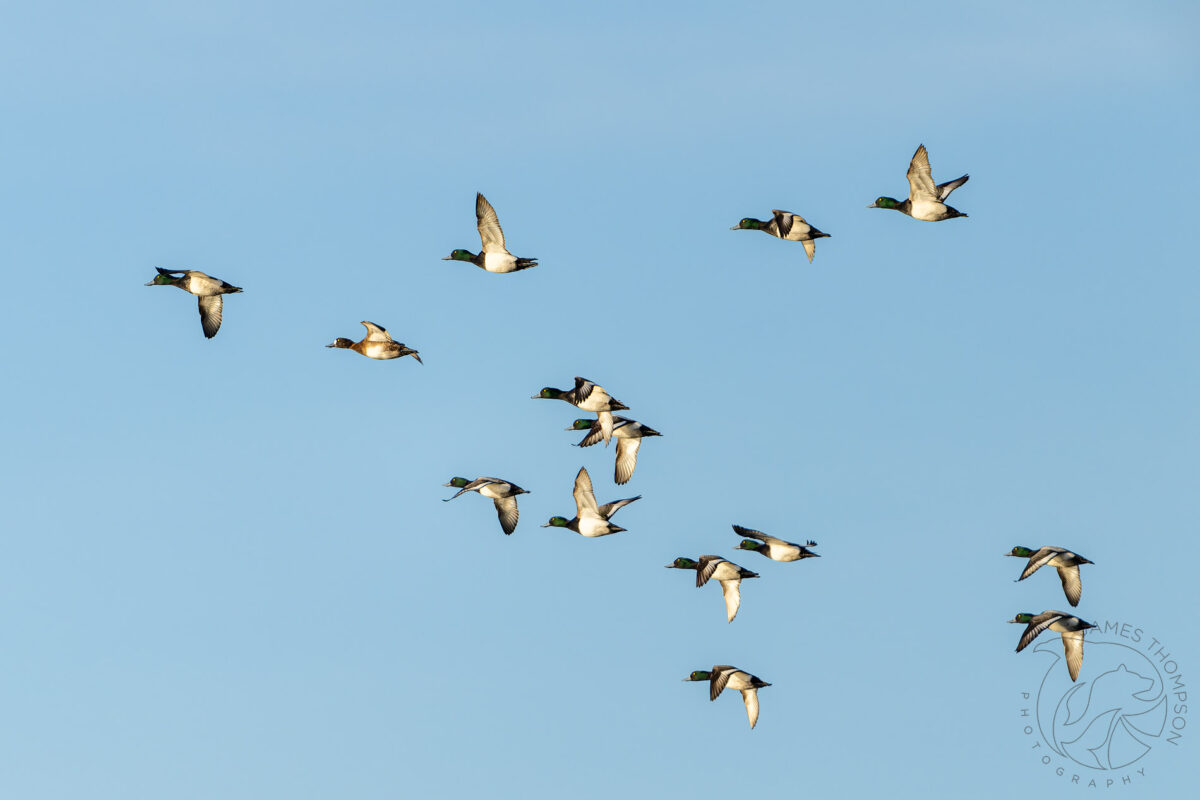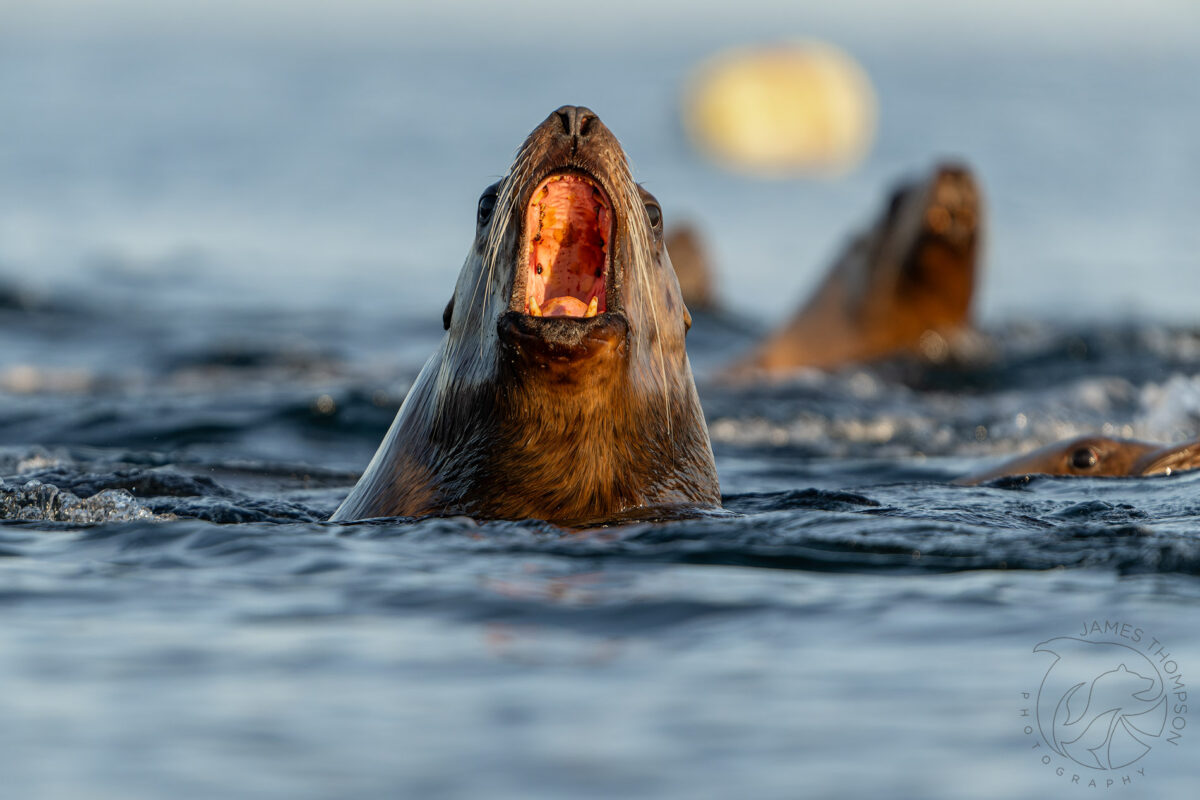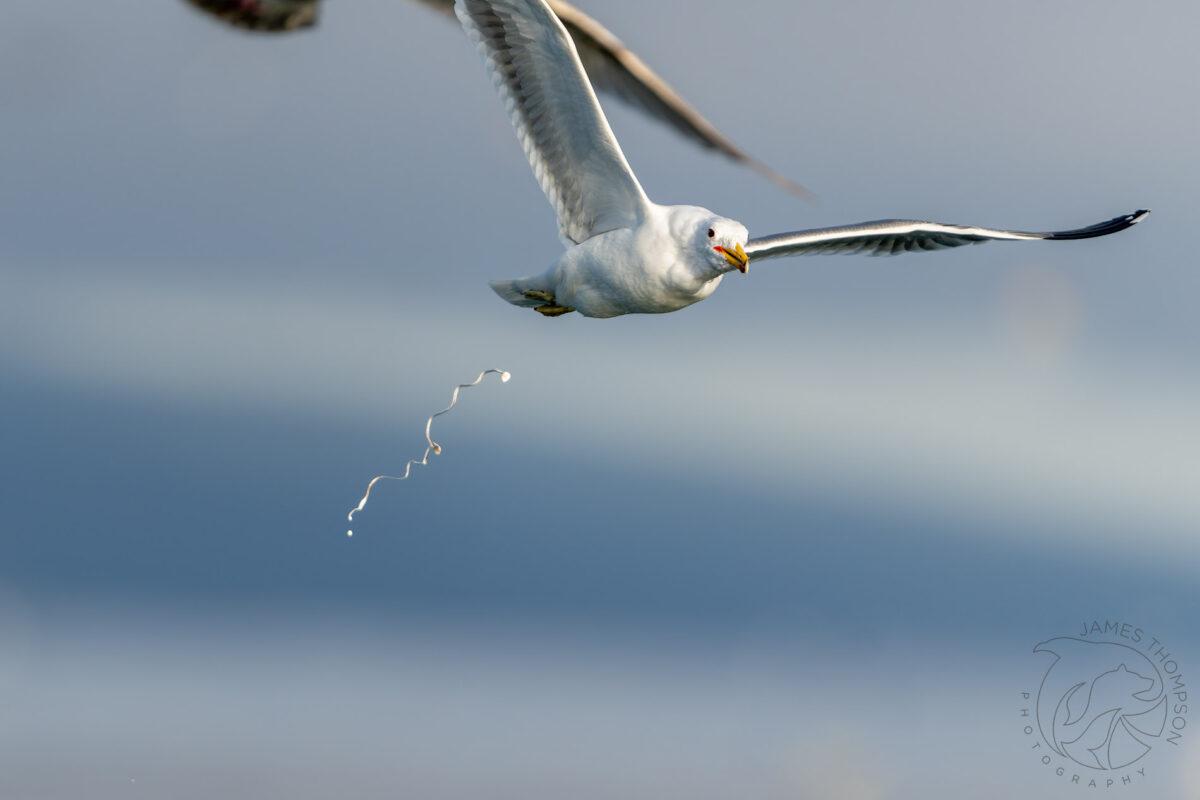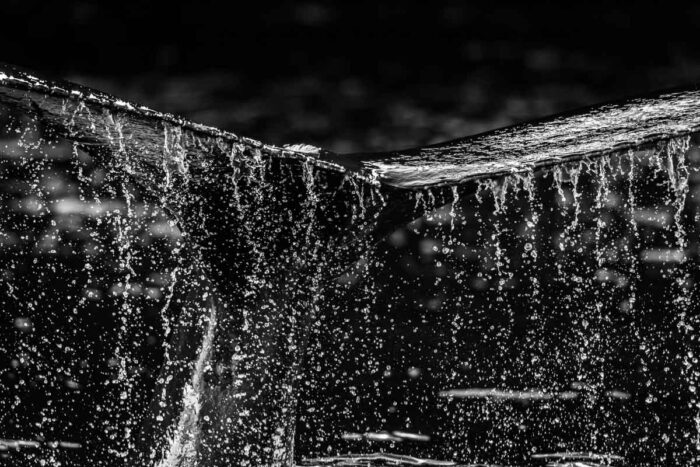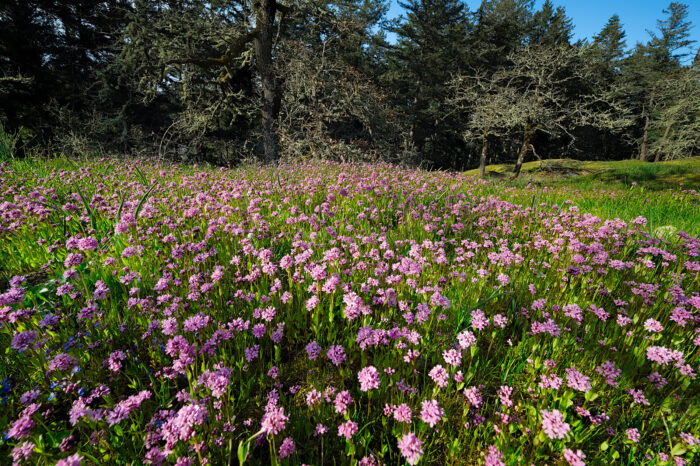Most folks are well aware of the amazing annual fall salmon run here on the west coast where millions of salmon return to the streams of their birth to spawn and then die, nourishing the rich ecosystem.
But did you know there’s also an amazing spawning spectacle in spring?
Each year in March, pacific herring arrive in huge schools to spawn in shallow coastal bays. The females release their eggs which adhere to seagrass, rocks, kelp and other seaweed, even tree branches dangling in the water. The males release their sperm indiscriminately into the water, relying on wave action to wash it over the eggs and fertilize them. The volume of this is so great, the ocean turns a vivid blue-green milky colour.
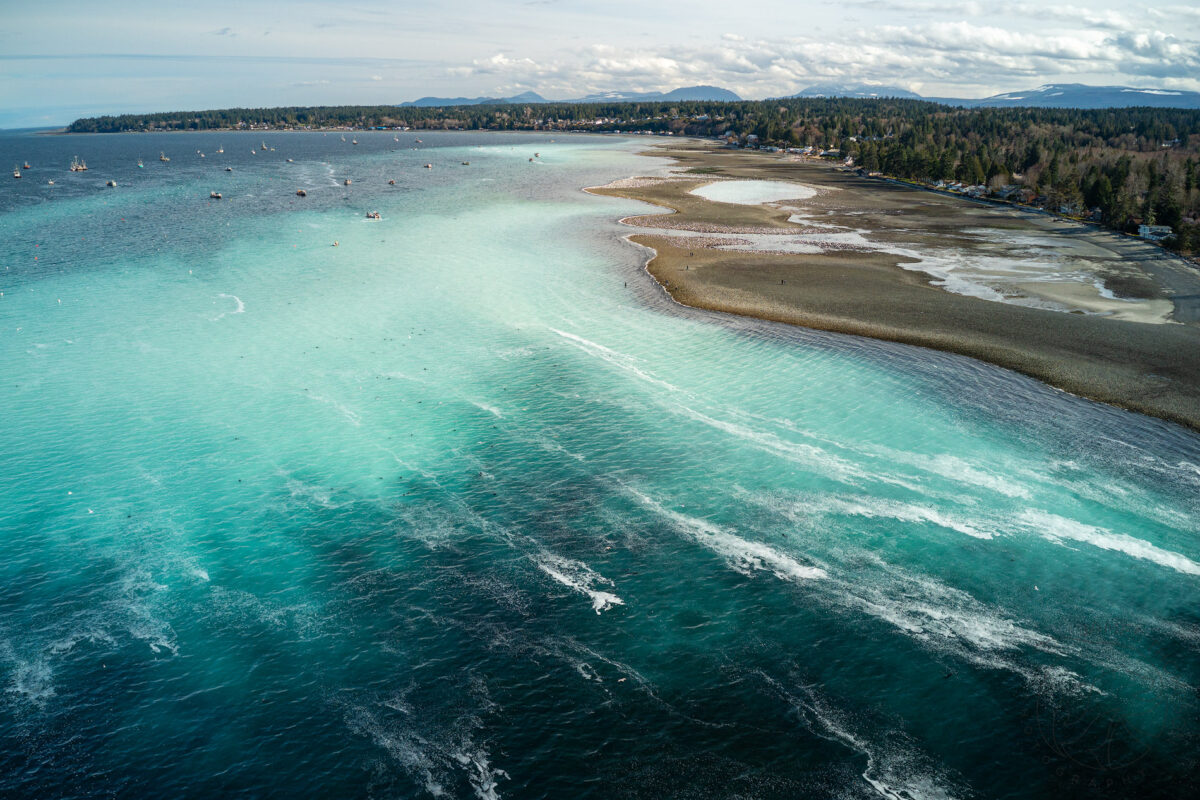

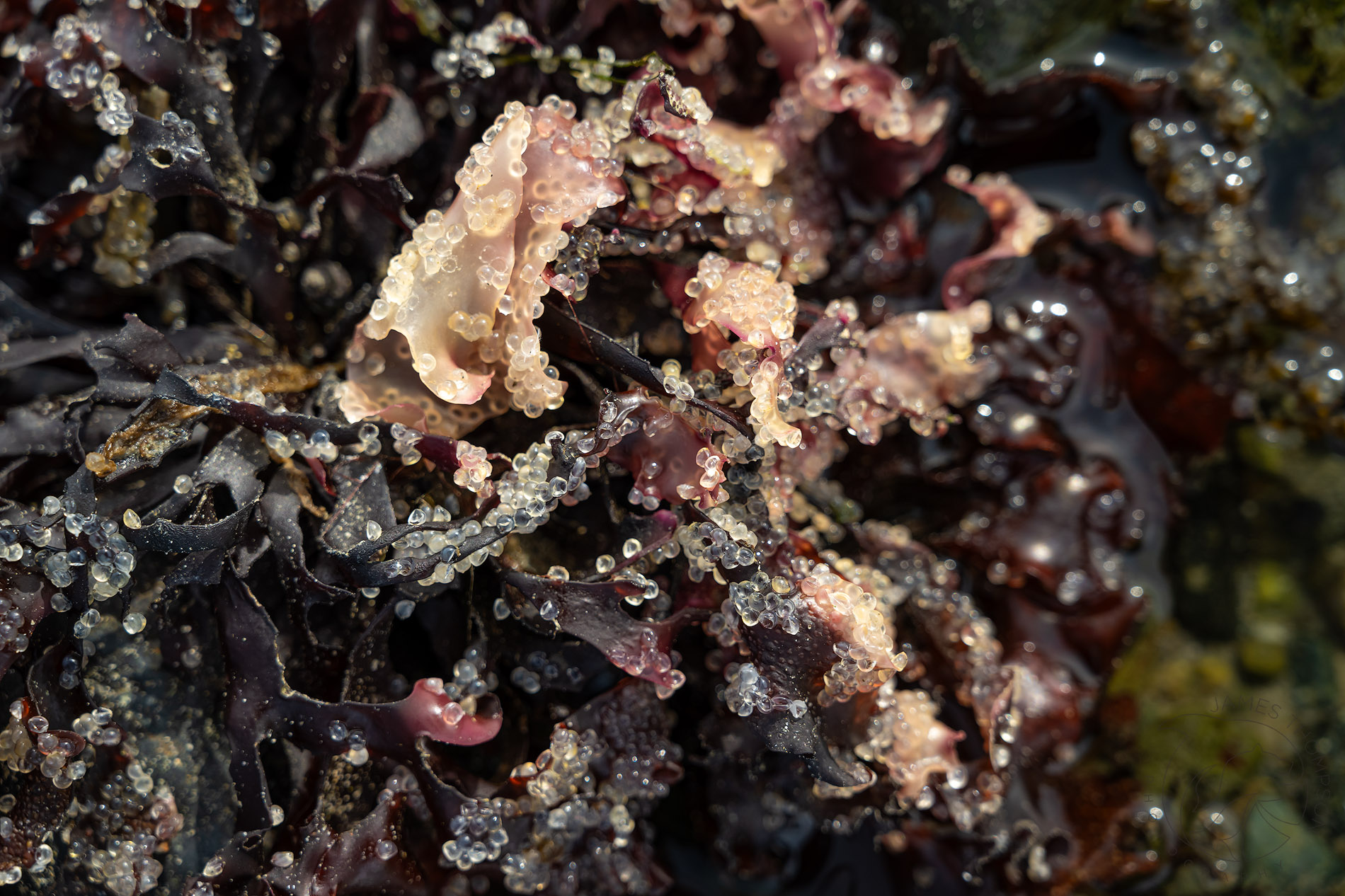
Just as in the fall when the abundant and easily captured salmon draw all kinds of local animals to the feast, the herring spawn is a major nutritional boost for local mammals and birds looking to kick start their own reproduction. Seagulls, seals, sea lions and eagles are just some of the more visible predators taking advantage of the feast.
Of course, all the excitement draws coastal photographers such as myself out of our winter hibernation and back out into the field! The most intense action occurs where fishermen are harvesting the herring, further concentrating fish density in nets. Large numbers of seals, sea lions and birds congregate around the nets all barking, roaring and screeching on a backdrop of the clanking and banging of the industrial fishery. Combine that with the fishy aroma of seagull poo all over everything in the chilly spring air and you’ve got yourself a sensory experience to remember!
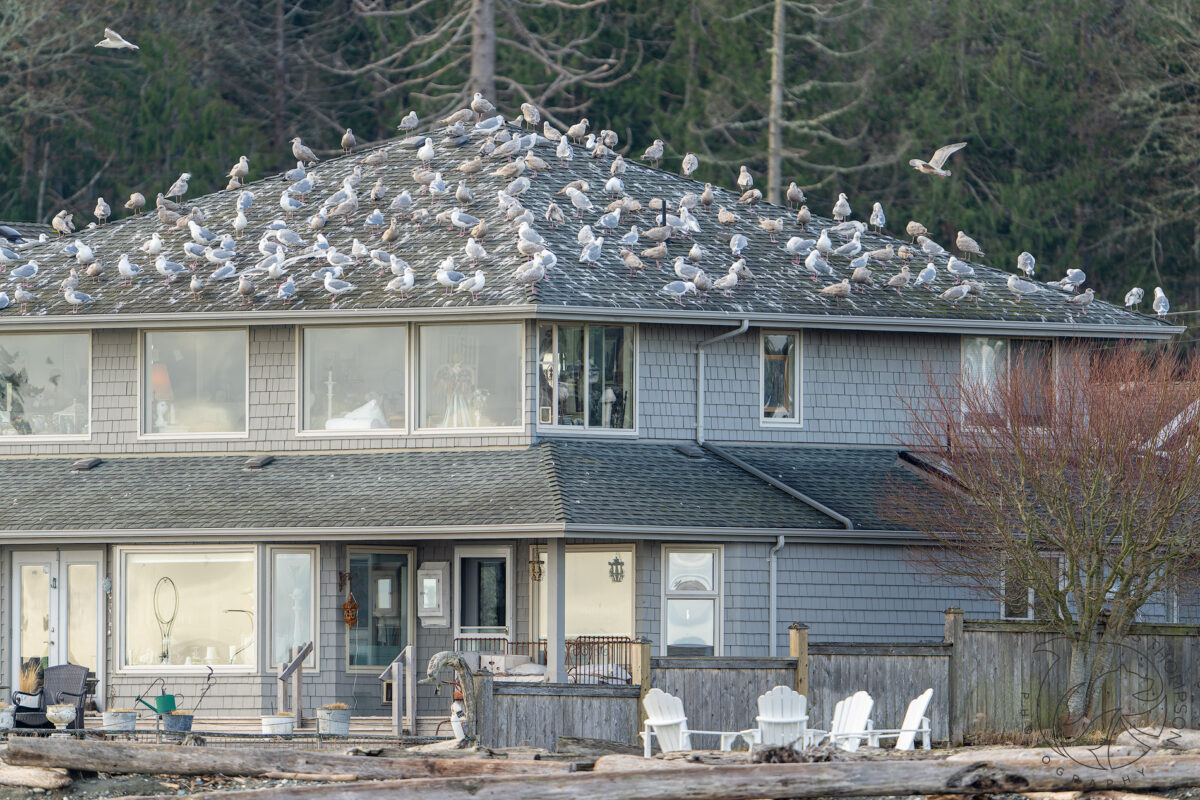
This year I broke camp in the semi-darkness of pre-dawn so I could venture out into the thick of things in my sea kayak at sunrise. I was not disappointed! Being careful to give both the animals and fish boats their space I was able to use my telephoto lens and water level vantage point to create some images that showcase the spectacle in a unique way.
I also brought my drone along which really helps set the scene, although I had to be careful to respect the regulations regarding flying over people and wildlife.
From a photography standpoint, the usual challenges were all there: staying warm in the near freezing dawn temperatures, working at the edges of light, as well as the haze of moisture above the ocean robbing images of sharpness. Much is written on the internet about the minutiae of various types of gear and its settings, but in the end no matter what gear you choose you’re up against the laws of physics. Still, what’s the alternative? Sit behind your desk and get AI to generate something for you? For me, doing my best out in the field while being immersed in such natural spectacles is one of the main reasons I love nature photography and I had a wonderful time.
Want to try it for yourself next year? Come to the east coast of Vancouver Island in March. A major highway that parallels the coast makes getting around easy and the many quaint towns and villages offer great dining and places to stay. To help plan you can check the fisheries notices from Fisheries and Oceans Canada at this link:
https://notices.dfo-mpo.gc.ca/fns-sap/index-eng.cfm
Enter the year and click on “get notice list”. They do regular aerial surveys to support harvesting of the herring and their reports will give you a good idea of where to start your search.
Hope to see you out there next spring!
